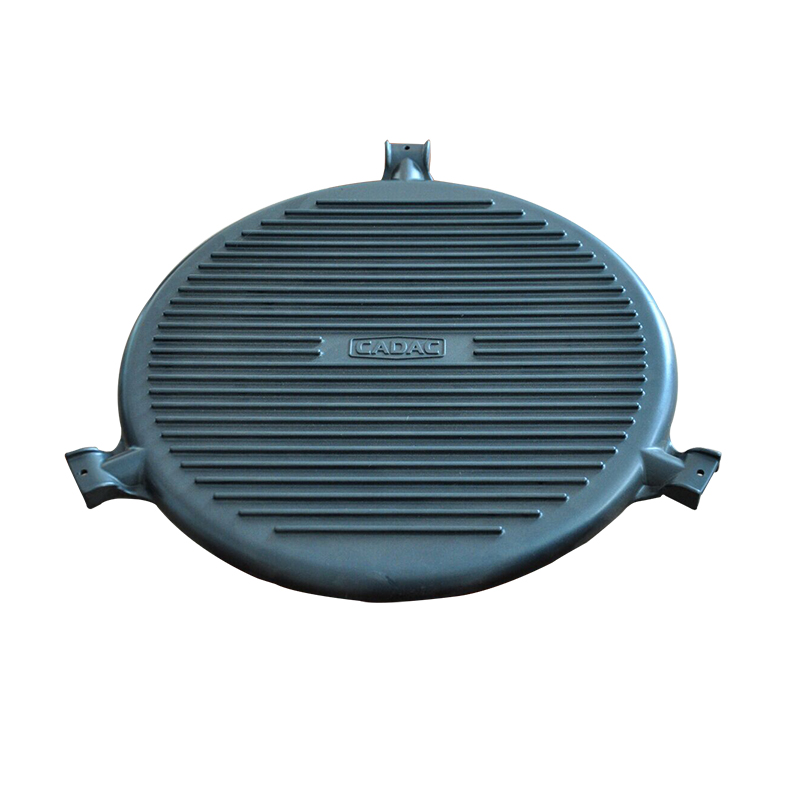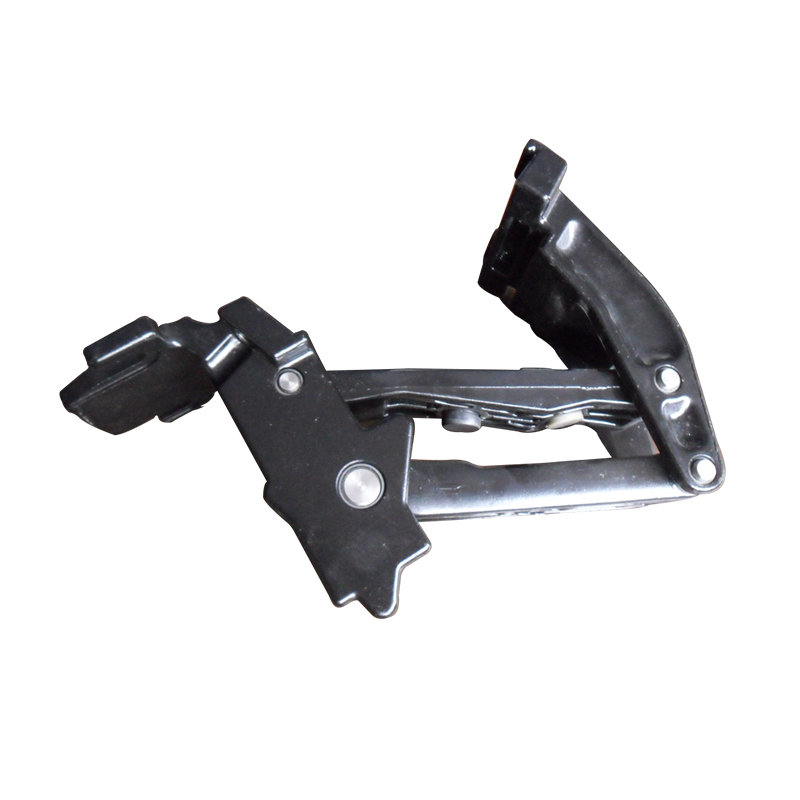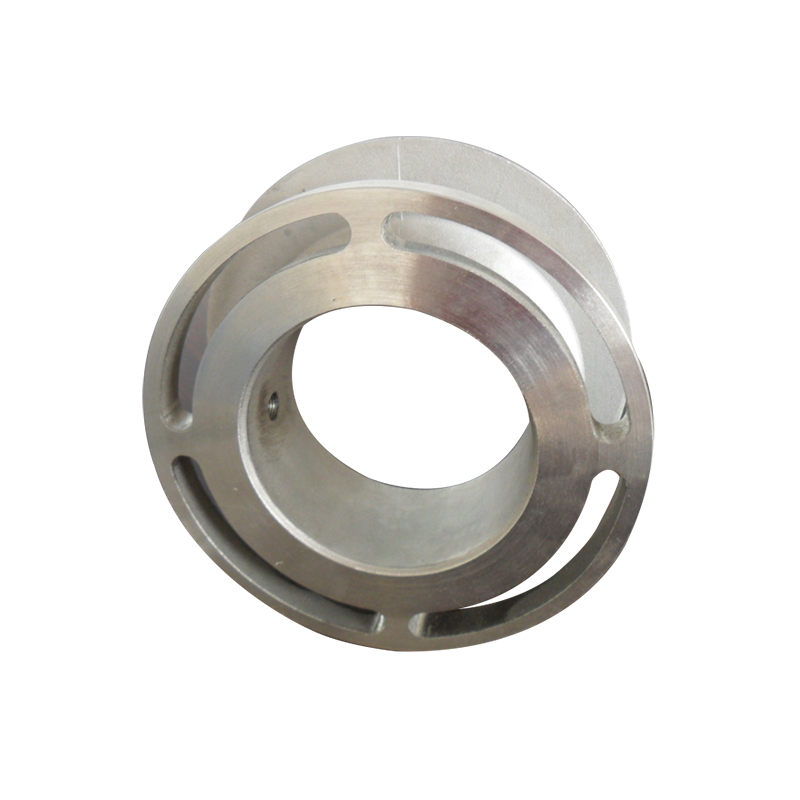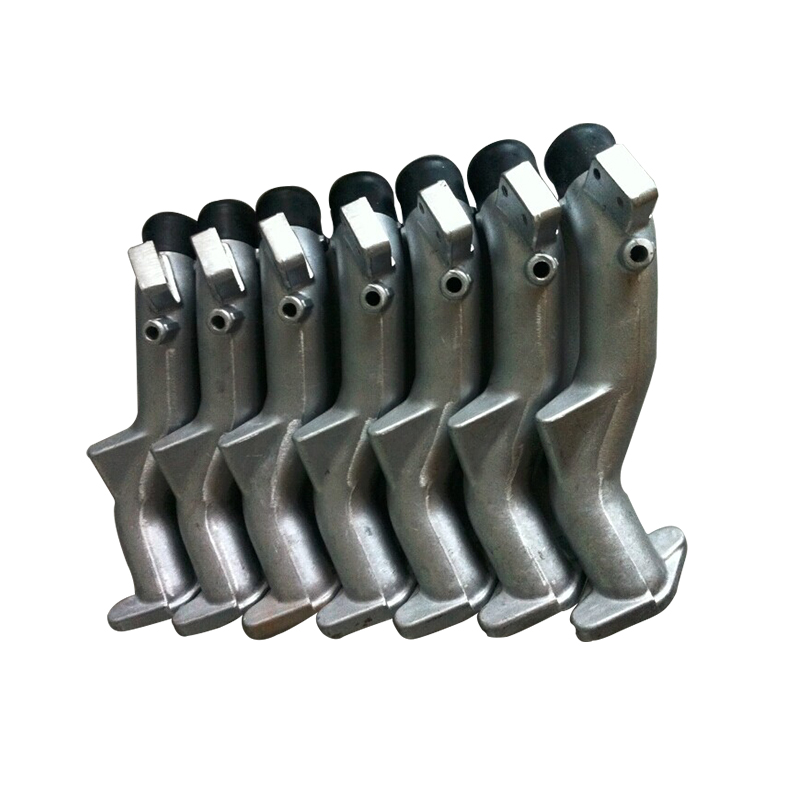Multi-Axis CNC Machining: Revolutionizing Precision Manufacturing
Multi-Axis CNC machining stands as a mission-critical technique for modern manufacturers, offering unparalleled capabilities when compared to traditional CNC machining. This advanced method excels in producing high-volume, complex parts with utmost precision and accuracy, making it an indispensable tool across various industrial applications.
Curious about its operation? Unlike traditional CNC machining which utilizes only three axes, multi-axis machining incorporates additional rotational axes as needed. This unique addition enables creating intricate features, complex geometries, and curved surfaces that were once challenging to achieve.
Are you seeking a better understanding of CNC machining? You're in the right place. In this blog post, we'll guide you through the types of multi-axis CNC machining, their notable benefits, and their widespread applications in diverse industries. Let's dive in!
Multi-Axis Machining Types:
1. 3-Axis CNC Machining:
- Ideal for producing simple geometries with flat surfaces.
- X-axis moves the cutting tool from right to left.
- Y-axis moves the cutting tool back and forth.
- Z-axis moves the spindle up and down.
2. 4-Axis CNC Machining:
- An upgrade from 3-axis machining, featuring one rotary axis.
- X, Y, and Z axes move in different directions, while the A-axis rotates the cutting tool along the X-axis.
3. 5-Axis CNC Machining:
- The most versatile type with X, Y, Z, A, and B axes.
- A and B axes enable rotation around X and Y axes.
- Capable of producing complex parts with three dimensions.
4. 7-Axis CNC Machining:
- Combines linear axes with four rotary axes (A, B, C, E).
- Allows the workpiece to rotate in multiple directions.
- Offers extreme precision but comes at a higher cost.
Advantages of Multi-Axis Machining:
-
Fast Lead Time and Reduced Overhead:
- Automated operation reduces labor costs.
- Shorter cycles optimize product time to market.
-
High-Precision Parts:
- Eliminates human errors, ensuring increased accuracy.
-
Excellent Surface Finishing:
- Cutting tools with high maneuverability provide superior surface finish.
-
Increased Durability of Tools:
- Additional rotational axes enhance cutting tool longevity.
-
Production of Complex Designs:
- Enables machining of complex angles and unique arcs with ease.
Common Industrial Applications:
-
- Used for high-precision parts in engine blocks and gearboxes.
-
Aviation Industries:
- Essential for manufacturing complex airplane parts efficiently.
-
Jewelry Industry:
- Preferred for intricate designs and high-precision parts.
-
- Ensures precision in the production of surgical tools and implants.
How to Choose a Multi-Axis CNC Machining:
-
Determine Your Budget:
- Consider the tooling costs, material, and the number of axes.
-
Determine the Number of Axes:
- Choose based on the complexity and design requirements.
-
Evaluate the Level of Programming:
- Understand the software's capabilities for tool paths and rotations.
In conclusion, multi-axis CNC machining is a game-changer in the manufacturing industry, offering solutions to complex challenges. While upfront costs may be high, the benefits far outweigh the investment.
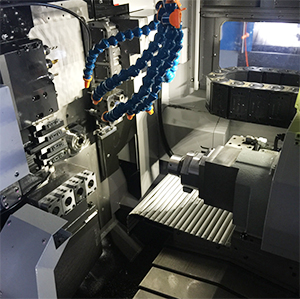
NINGBO FUERD MECHANICAL CO., LTD
Website: https://www.fuerd.com
